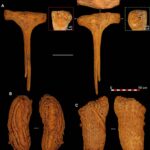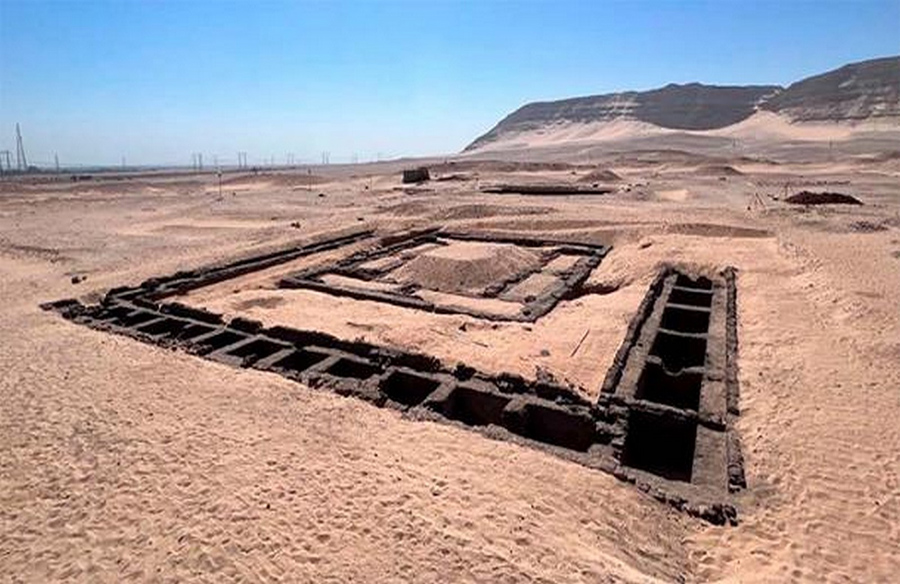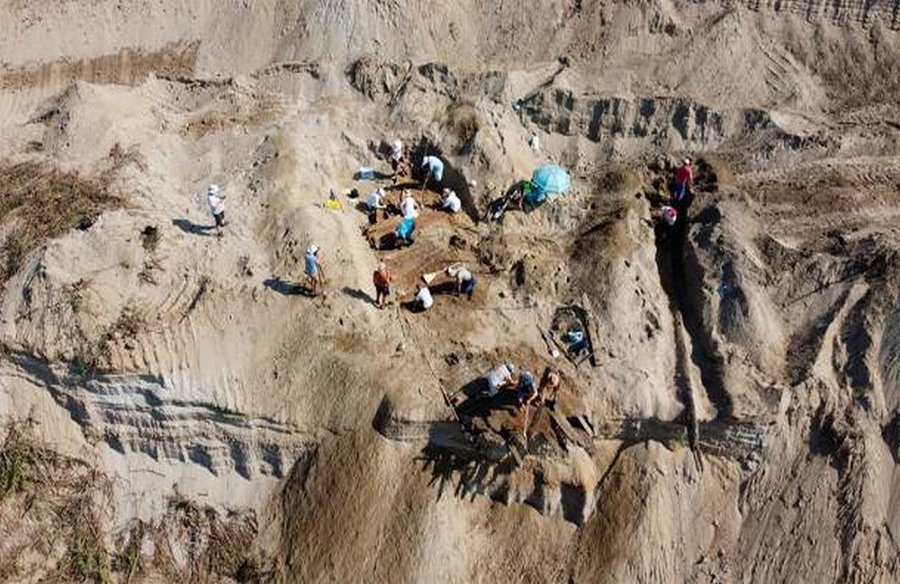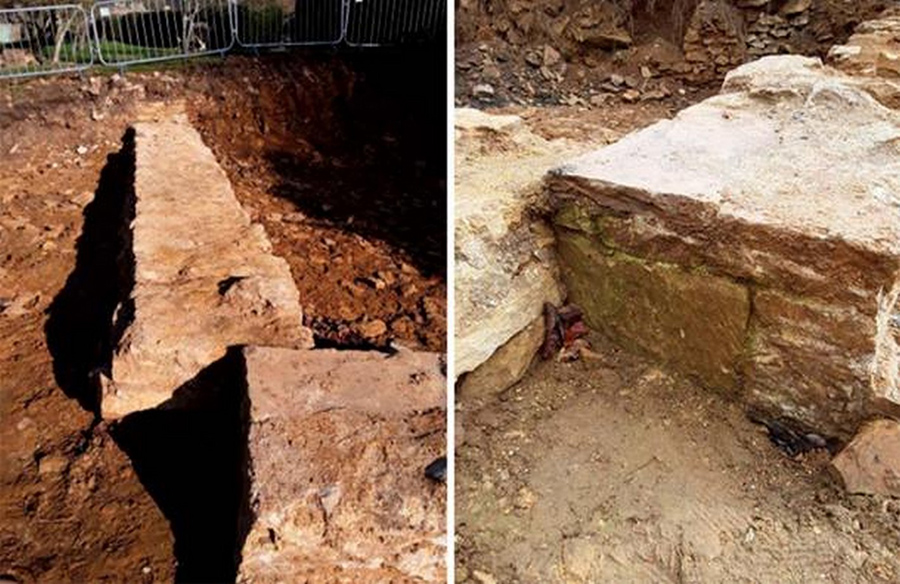A Historic Find in the Spanish Cave
Europe’s oldest shoes have been discovered in a bat cave located in Andalusia, Spain. These ancient sandals, woven from esparto grass, date back approximately 6,200 years. The remarkable collection of artifacts, including 22 pairs of sandals and older basketry, was uncovered by miners in the late 19th century. Recent radiocarbon dating has revealed that these artifacts are even older than previously believed, preserved by the cave’s cool winds and low humidity.
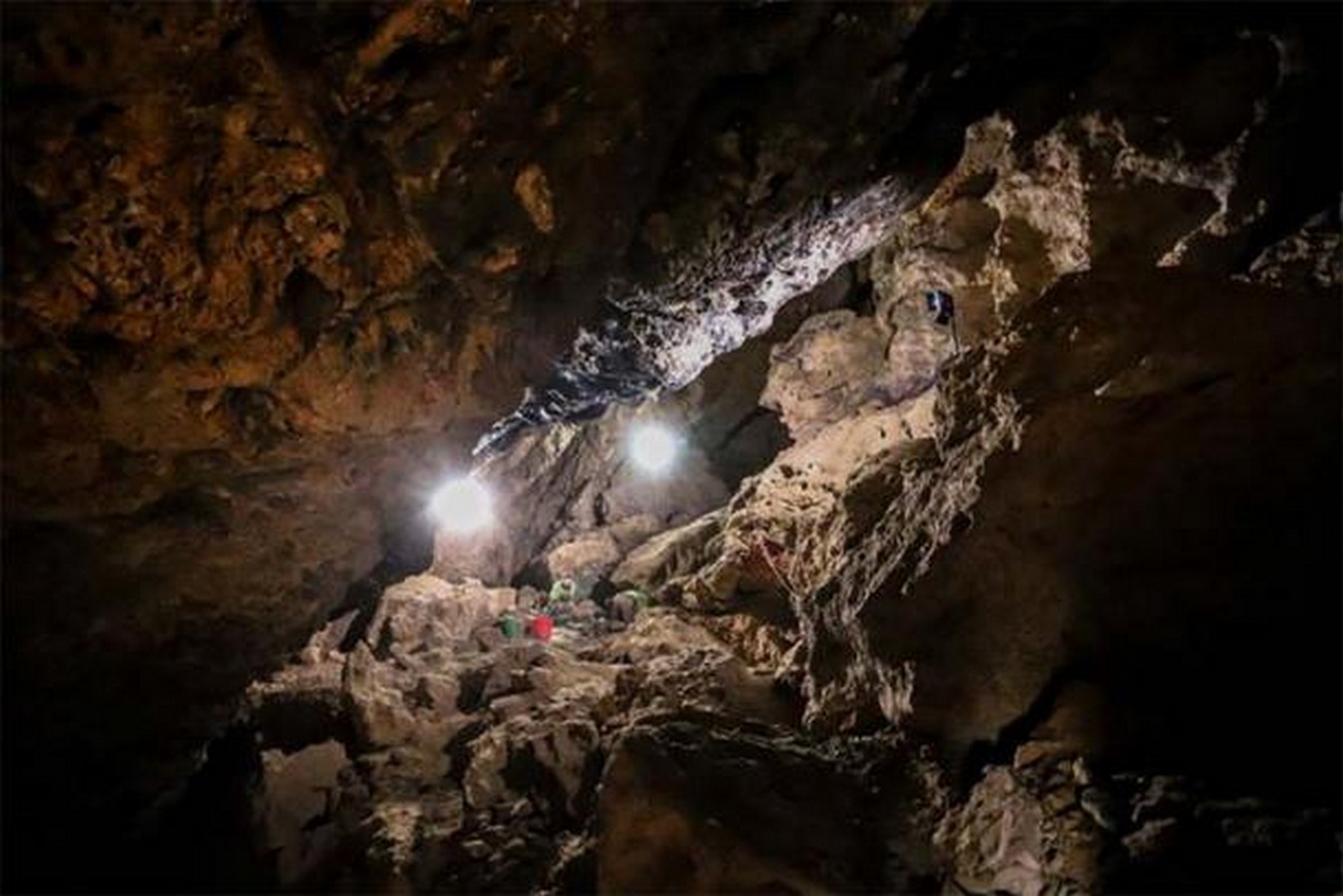
Insights from the Bat Cave
An interdisciplinary team meticulously examined 76 artifacts found in the cave, ranging from wood and reeds to esparto grass. Published in the journal Science Advances, their research sheds light on ancient craftsmanship and early human communities. Among the discoveries were basketry, cords, mats, and a wooden mallet, some dating back 9,500 years.
The Oldest Plant Fiber Materials in Europe
Co-author María Herrero Otal described the esparto grass objects as the oldest and best-preserved plant fiber materials found in southern Europe. These artifacts showcase the technological expertise of prehistoric communities, dating back to the Mesolithic period, approximately 9,500 years ago.
Examining the Ancient Sandals
Two types of sandals were identified in the cave: a simple design lacking fastening mechanisms and a central core style featuring fibers protruding from the base. Analysis confirmed their Neolithic origin, offering insights into early footwear and craftsmanship.
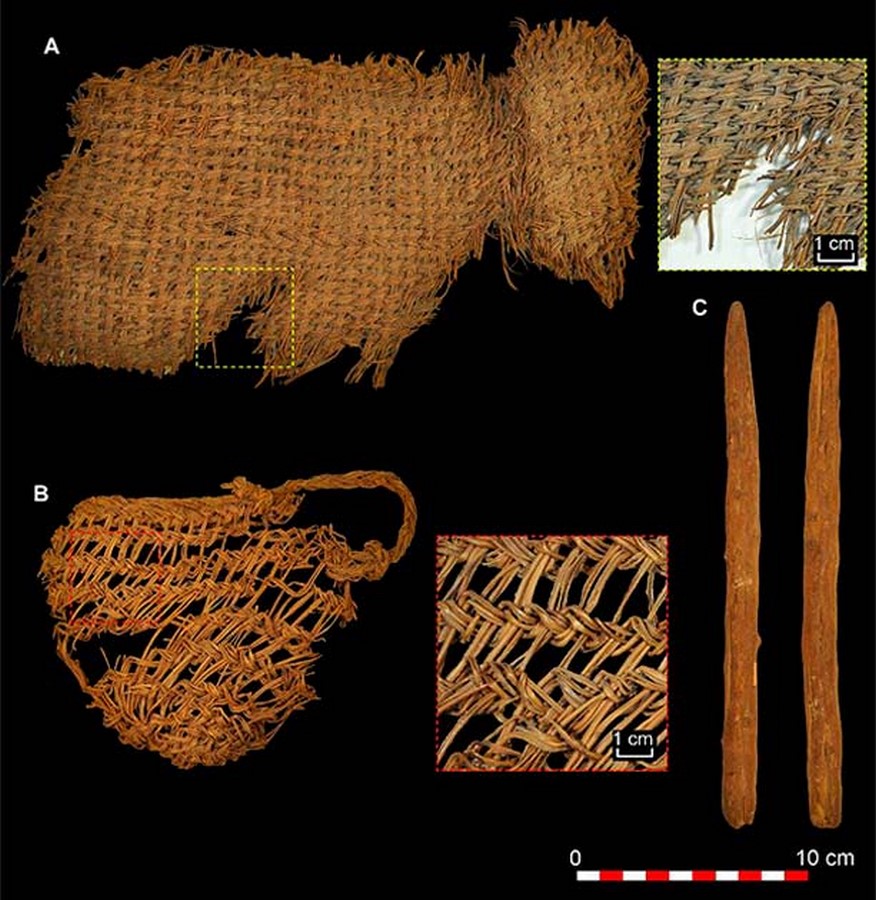
Advancements in Dating Techniques
Advanced radiocarbon dating techniques revealed that the basketry spans two distinct phases: the Early Holocene hunter-gatherer period and the Middle Holocene farming era. This refined dating methodology enhances our understanding of the cave’s archaeological timeline and the communities that inhabited it.
Unprecedented Footwear Discoveries
While ancient shoes have been found worldwide, the sandals from Cueva de los Murciélagos are unparalleled in their age and construction. Crafted from esparto grass, they predate other ancient shoes, offering a glimpse into prehistoric footwear and human ingenuity.
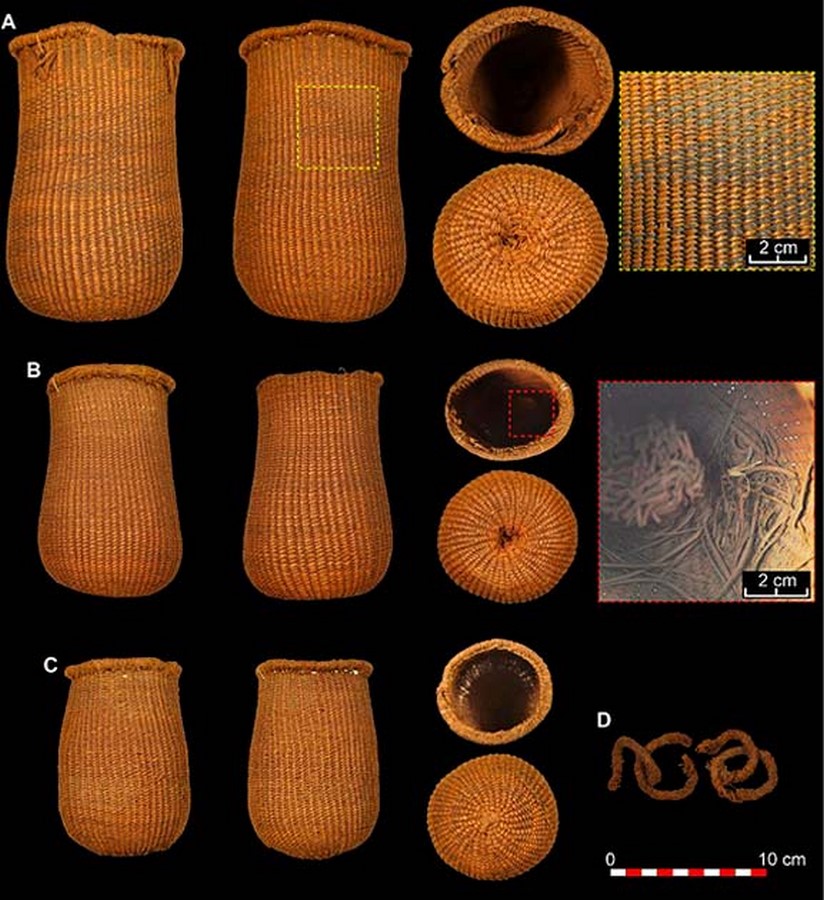
The Legacy of Cueva de los Murciélagos
The cave, known as the “Cave of the Bats,” has a rich history dating back to the 19th century. Initially used for guano harvesting and later as a shelter for goats, it gained archaeological significance when miners uncovered human remains and a treasure trove of artifacts. The cave’s unique geology, characterized by low humidity and natural airflow, has preserved these ancient relics.
Preserving a Piece of History
Despite the challenges posed by mining activities, the artifacts found in Cueva de los Murciélagos represent one of the oldest and best-preserved collections of hunter-gatherer basketry in southern Europe. This remarkable discovery offers valuable insights into ancient societies and their remarkable craftsmanship.


